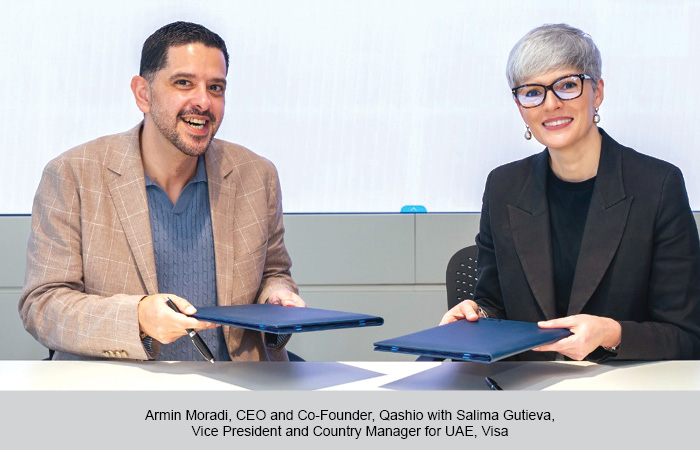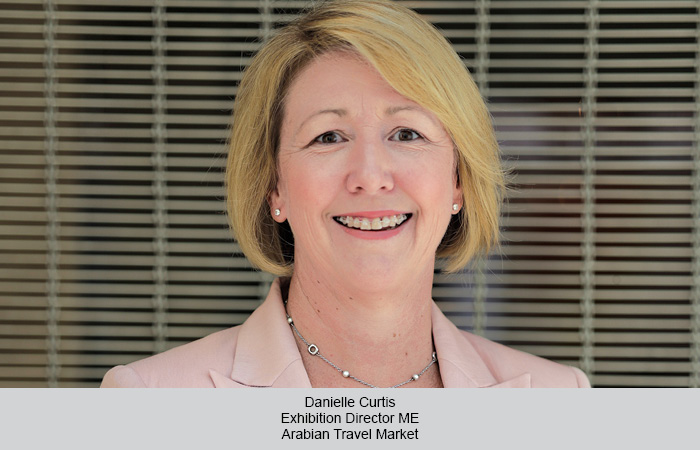The Lunar New Year or Spring Festival, as it is known in China, is the largest and most important outbound travel season for Chinese travellers. Traditionally, travellers from China preferred warm-weather destinations like Southeast Asia but in recent years, they have been travelling to the Middle East in significant numbers during the holiday season. Alexander Glos, CEO, China Visitors Summit, shares insights with TRAVTALK.
TT Bureau
The Middle East, particularly Dubai and Abu Dhabi, has gained significant popularity as an outbound destination for Chinese travellers during the Lunar New Year holidays. A key factor contributing to the trend is the growth of Middle Eastern airlines connecting Chinese travellers to Europe. With European carriers scaling back flights to China due to airspace restrictions over Russia, Chinese airlines and Middle Eastern carriers have stepped in to fill the gap. For example, Emirates and Etihad Airways have significantly increased their services to major Chinese cities like Beijing, Shanghai, and Guangzhou, providing convenient connections through Dubai and Abu Dhabi. As a result, these cities are benefiting from short-term layover business, making them increasingly attractive destinations.
UAE & Saudi Arabia popular
Dubai remains the number one arrival destination for Chinese travellers, followed by Abu Dhabi. Both cities are starting to distinguish themselves by attracting different types of travellers. Dubai appeals more to luxury leisure travellers, while Abu Dhabi is positioning itself as a more cultural and family-friendly destination. For example, Burj Khalifa and The Dubai Mall continue to be major draws for Chinese tourists in Dubai, while Louvre Abu Dhabi and Sheikh Zayed Grand Mosque in Abu Dhabi appeal to those seeking cultural experiences.
Another most popular destination for Chinese travellers in the region is now Saudi Arabia. The Kingdom has made significant efforts to attract Chinese leisure and group travellers by promoting its diverse attractions and multiple destinations. For instance, AlUla, with its ancient rock formations and historical sites, has become a key highlight for Chinese tourists, alongside Riyadh Season and Jeddah’s coastal attractions.
Changing preferences
Chinese travellers have significantly changed since pre-COVID. The big-budget group tours that were common before the pandemic have been largely replaced by bespoke, higher-end travel experiences.
Today’s Chinese travellers are seeking cultural and historical experiences, culinary adventures, and outdoor and adventure activities. For example, instead of large tour groups visiting shopping malls, we now see smaller groups exploring heritage sites like Qasr Al Hosn in Abu Dhabi or enjoying desert safaris in Dubai.
 TravTalk Middle East Online Magazine
TravTalk Middle East Online Magazine






